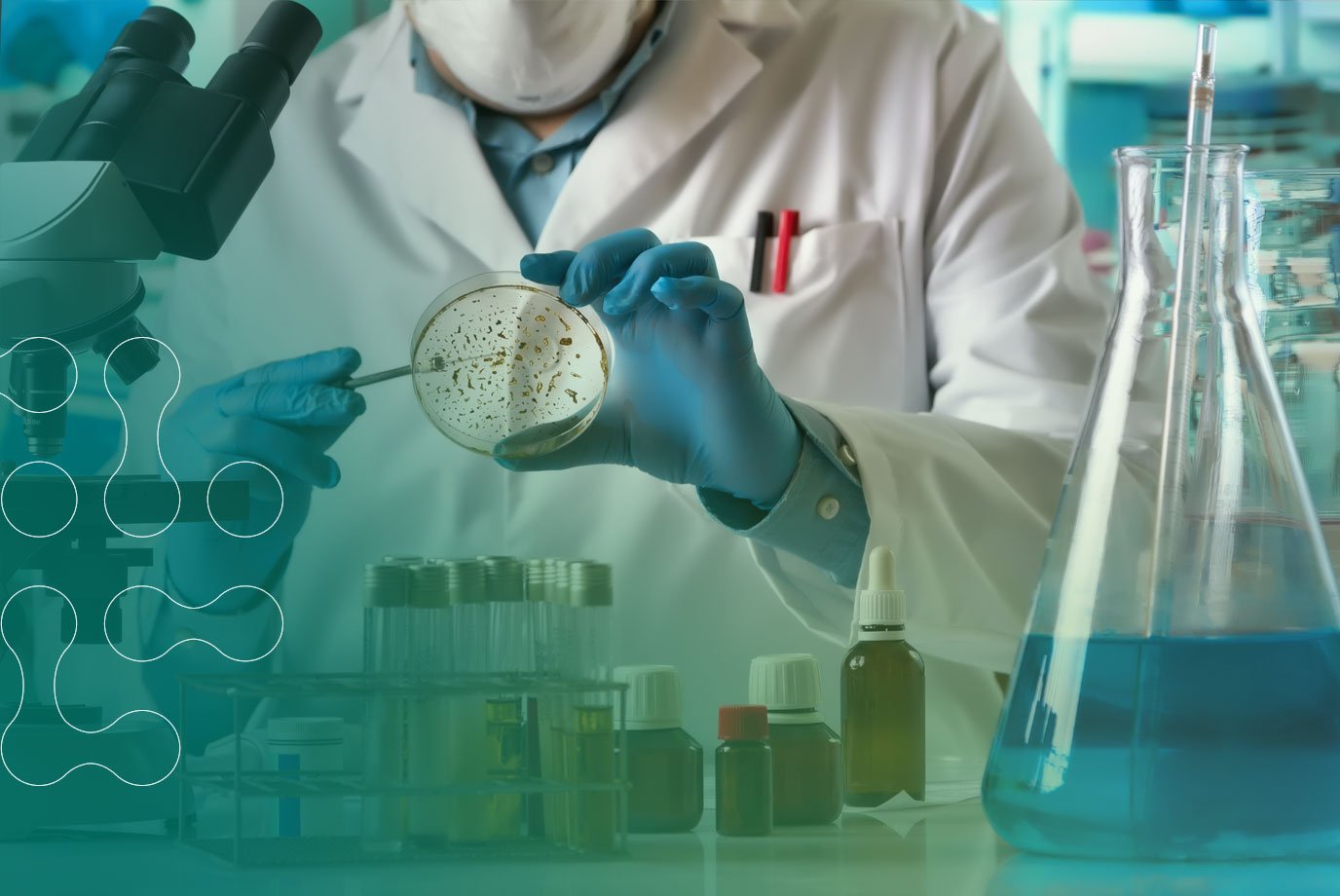The below article was written by Biological Preparations and published in Cleaning Matters, September 2024 Edition, page 20
When we meet someone for the first time, we all know how crucial that first impression can be. Whether it’s a date, meeting a new friend, or connecting with a colleague, the initial interaction sets the tone and expectations for the relationship going forward. To ensure a positive and lasting impact, many of us put extra effort into our hygiene, appearance, and overall presentation. But it’s not just individuals who need to focus on first impressions—businesses must do the same.
As a business, you make hundreds of first impressions every month with various stakeholders. And in today’s digital age, where many initial encounters happen online, the first in-person impression has become more important than ever for brands looking to connect effectively with their stakeholders, leading to high expectations across the board.
To meet these expectations, businesses often spend countless hours and resources keeping offices, breakrooms, and other areas clean. While these spaces are important, it’s the reception room that truly sets the stage for your brand’s first impression. This is where guests get their first real insight into your business, where they can see firsthand your values, understand your brand, and get a feel for how you operate. Every detail in the reception area is noticed and absorbed by your visitors. Yet, because the reception area isn’t part of the day-to-day operations, it’s often overlooked when it comes to maintenance.
Meaningful First Impressions
Investing in the upkeep of your reception area is a smart way to ensure your guests have a positive experience from the moment they walk through the door. Picture walking into the reception of a restaurant, only to find it dusty and grimy; it instantly raises hygiene concerns—a major red flag, especially when food is involved. Or imagine a dental surgery with a tired, unkempt reception area filled with stains and unpleasant odours; it wouldn't inspire confidence in the care you’re about to receive. Even in a business office, a dull, unclean reception sends the wrong message, making visitors think the company doesn’t invest in itself and may be stretched too thin.
The bottom line is clear: first impressions are as vital for businesses across all industries as they are for people. However, maintaining these areas shouldn't mean more labour, more money, and more resources in general. What is needed is the right technology that helps with long-lasting care. This article will break down the different factors that can impact the reception room and explore the technologies that can help.
Cleanliness and Hygiene: The Foundation of a Great Reception
The public’s view on cleanliness has evolved significantly, with an increasing number of people connecting the idea of clean spaces with their safety and well-being. This shift has reshaped the modern expectation of public spaces, making cleanliness and hygiene a top priority for businesses. While cleanliness should be a priority throughout the business, extra attention must be paid to reception areas.
This approach to cleanliness should be thorough, covering every aspect of the room. Many businesses focus primarily on eye-level areas when cleaning, assuming these are where people naturally look. However, human curiosity often leads us to inspect our surroundings more closely, with many people first glancing at the floor or other surfaces in the space.
From shoes bringing in outside materials onto your floors to guests leaning on or touching the reception desk, tables, or plant pots—every surface in a reception area is expected to be clean. However, maintaining these areas doesn't require around-the-clock cleaning or deep cleaning every day. Instead, the focus should be on adopting better technology that ensures long-lasting cleanliness.
High-value spaces like reception areas require high-quality cleaning products that work long after they have been applied. Stronger chemicals don’t necessarily mean better results. In fact, certain harsh chemicals can cause more work and damage if not used correctly. With advancements in sustainable technologies, businesses can enjoy long-term benefits for ongoing operations, in addition to meeting corporate social responsibility (CSR) goals. However, the effectiveness of a sustainable product depends on having the right ingredients. For instance, in biotechnology cleaning products, if the wrong strain of bacteria is used, and it cannot produce the right enzymes, it will have little to no impact on degrading matter. This should be kept in mind when selecting a biotech cleaning product.
With the right biotech cleaning products, businesses can maintain high standards of cleanliness and reduce maintenance efforts through:
- Deeper Cleaning Action: Traditional cleaning products often only reach the surface, but biotech cleaning products penetrate deeper. In a reception area, this means that organic matter, odours, and stains are removed without damaging surfaces. The bacteria in these products colonise the area and continue to work, ensuring a thorough clean.
- Residual Cleaning: Reception rooms in high-traffic areas require cleaning technologies that provide ongoing protection. Unlike traditional cleaning products that work only when applied, biotech solutions continue to clean after the initial process is complete. As long as there is a food source (such as grease, fat, or protein), the microbes in these products will continue to work, doubling in number approximately every 20 minutes. Once the organic matter is fully degraded, the microbes revert to a dormant state, ready to be reactivated by a new food source.
- Protection through Biofilms: When sprayed, microbes naturally produce a biofilm that not only continues to clean but also creates a protective layer over the surface. This biofilm enhances the residual cleaning effect and provides ongoing protection.
These elements not only benefit the reception room but can also improve the overall business environment. By using this technology, cleaning in high-traffic areas becomes less labour-intensive, cost savings are realised through fewer applications and less surface degradation, and productivity is promoted.
Tackling Marks and Stains: A Spotless Reception
In a room that welcomes high traffic, marks and potential stains are inevitable. However, this doesn't mean businesses should accept these imperfections. Marks and stains can result from various sources, such as a guest wheeling in a suitcase that scuffs the floor or coffee being accidentally spilled on furnishings. Instead of constantly redesigning your reception or spending excessive resources, these issues can be addressed with the right technology.
The deep-cleaning capabilities of biotech products, mentioned earlier, also extend to tackling stains and marks. These products work by going deep into the surface, breaking down the matter that causes stains without the need for intense scrubbing or the risk of damaging assets or surfaces.
Tackling Odours, Not Masking them: The importance of Smell
When exploring new surroundings, people rely on more than just their sight; their other senses, particularly smell, play a crucial role in forming first impressions. As Dr. Jonathan Foyle, a British architectural historian, puts it, "smell is intrinsic to the personality of a place." However, managing odours in high-traffic areas like reception rooms can be challenging, and many businesses resort to masking unpleasant smells rather than addressing the root cause.
For a long time, the strong scent of cleaning chemicals was associated with cleanliness. However, as research into indoor air pollution and the impact of volatile organic compounds (VOCs) has grown, this perception has shifted. Overpowering chemical fragrances are now often viewed as a way of covering up issues rather than resolving them. Not only can these harsh scents raise suspicion, but they can also detract from a person’s first impression, potentially causing headaches, nausea, or triggering allergies or respiratory issues.
The drawbacks of odour-masking chemicals don’t mean that businesses should give up on creating a pleasant environment. Instead, the evolution of advanced cleaning technology offers a better solution. Modern approaches using naturally derived ingredients, which are safer for both people and cleaning operations, should be considered in these spaces.
For example, biotechnology provides effective solutions for odour management through:
- Odour Trapping: Biotechnology that absorbs odour molecules, effectively eliminating bad smells at their source.
- Odour Neutralisation: Biotechnology that encapsulates and binds odour molecules, making them undetectable.
- Odour Degradation: Biotechnology that breaks down organic matter and odour molecules at the source, removing the smell entirely.
These advanced methods allow businesses to neutralise unwanted odours at their source, providing a clean and pleasant environment. Additionally, businesses have the option to add a brand-specific fragrance if desired, rather than relying on strong chemicals to mask the problem.
Conclusion: The Power of a Clean Reception Area
A first impression of a business is usually the longest-lasting one. With cleanliness, hygiene, and aesthetics being crucial to many different stakeholders, reception areas must utilise the right technologies. High-traffic areas require regular cleaning, but the challenge for many reception areas is that they are often out of the daily operational focus. Incorporating technology that works long after its initial application can truly help set the right impression for your business, leaving you and your team with the time and resources to focus on what truly matters: connecting with your stakeholders.




